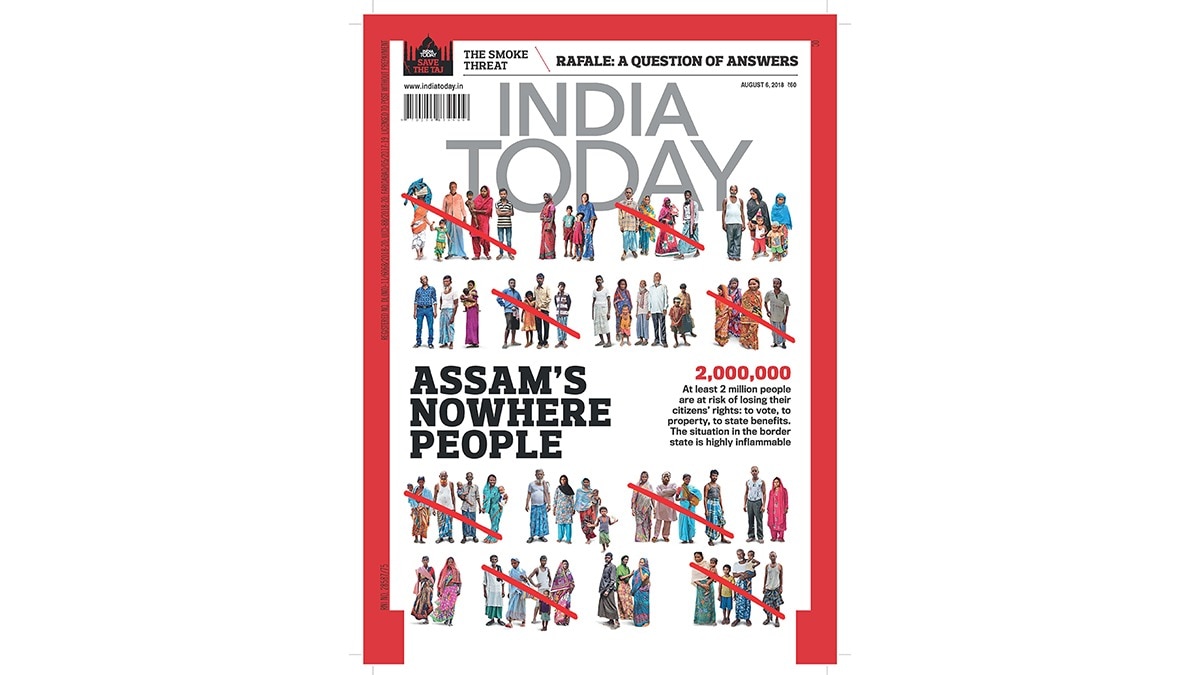Trump’s Unfulfilled Promise: The Mystery of the Withheld Epstein Files
Trump’s Unfulfilled Promise: The Mystery of the Withheld Epstein Files
Former President Donald Trump, during his presidency, vowed to unveil all files related to the disgraced financier Jeffrey Epstein. However, years later, these documents remain undisclosed, fueling speculation and raising questions about the reasons behind their continued concealment. What information do these files contain, and why haven’t they seen the light of day?
The Background: Epstein, Maxwell, and the Allegations
Jeffrey Epstein, a convicted sex offender, was accused of trafficking underage girls for years. His associate, Ghislaine Maxwell, was subsequently convicted of sex trafficking and conspiracy to commit sex trafficking. The case has drawn intense public scrutiny, with many questioning the extent of Epstein’s network and the involvement of powerful individuals.
Trump’s Pledge and the Subsequent Silence
During his time in office, Trump repeatedly stated his commitment to transparency regarding the Epstein case and promised the full release of related documents. Yet, this promise remains unfulfilled. The reasons for this are unclear, prompting theories ranging from protecting powerful figures to simply bureaucratic inertia.






